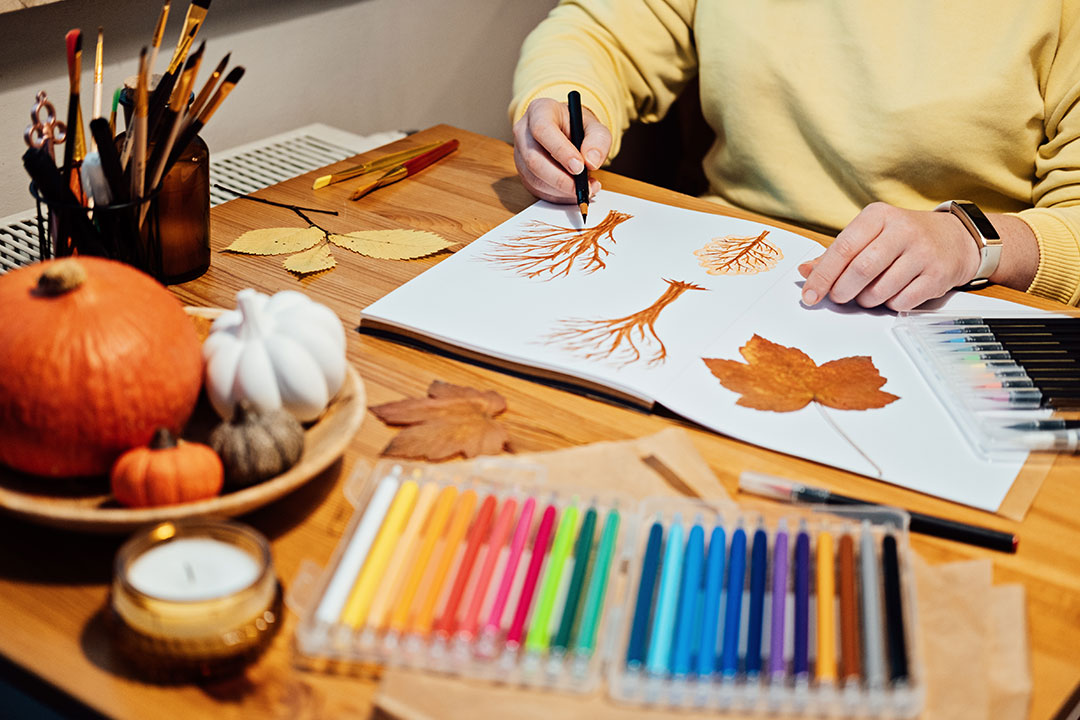Art Therapy

How It Works?
Who Benefits
- Anxiety and stress
- Depression
- Trauma and post-traumatic stress
- Self-esteem and self-confidence
- Grief and loss
- Relationship challenges
- Emotional regulation and management
- Coping with life transitions
- Substance abuse and addiction
- Body image and self-acceptance
- Expressing emotions and experiences that are difficult to articulate verbally
You’re welcome to browse through our website, Islington Therapy House, and our extensive therapist directories at your leisure. When considering a potential therapist, delve into their training and experience to gain a deeper insight into their therapeutic approach. Don’t hesitate to inquire about their preferred therapy methods and the possibility of consultation services. To find details about therapist availability and profiles, simply visit our dedicated Therapists page.
How ıt works
Let's plan your therapy
1
You can contact the therapist directly. Before scheduling an initial consultation, you are invited to contact any of our therapists by phone or email for an informal discussion.
2
You can use our help me find a therapist form to contact us directly.
We'll locate you two to three therapists.
